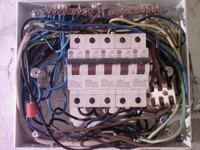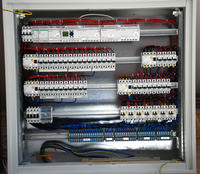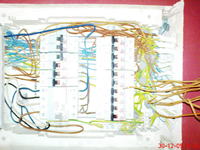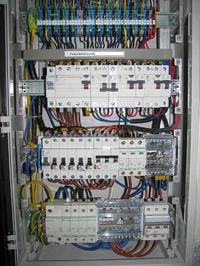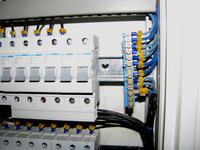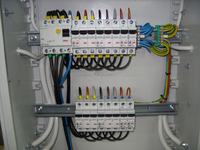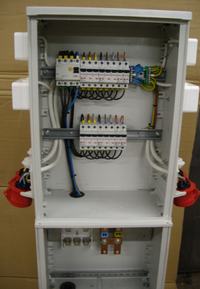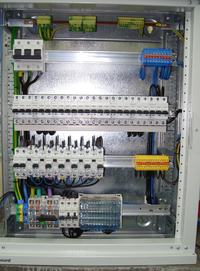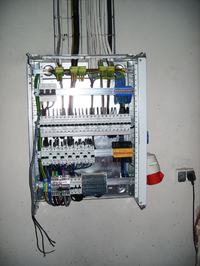Only in the automation cabinets there are Smile perforated trays everywhere and cables stick out from them. The version for the brave is as my colleague Łukasz wrote, but it is impossible to do without titles.
Due to its flexibility, the line is easier to guide, you need to be able to handle the wire, bend it well, etc. It's all a matter of practice.
I make separate wires in my homes, I put all power on rails so that the garlands do not hang under the fuses.
It is worth remembering not to cross the phase conductors with N and PE, so that they do not touch each other. In the event of any failure, the cables can get burnt and a mess will be created. One side of L, the other side of N and PE. I am starting another construction project in 2 weeks. After assembling the switchboard, I will allow myself to post Smile's photos
I merged the posts. [Luke] Welcome back.
I found something like that

in my X archive
I was commissioned to expand by 1 circuit

Due to financial reasons, the client did not agree to the tidying up. His answer was:
"Dear dear, nobody sees it anyway, because it is under that white cover, and besides it looks what it looks like, the most important thing is that it works ..."
